Introduction
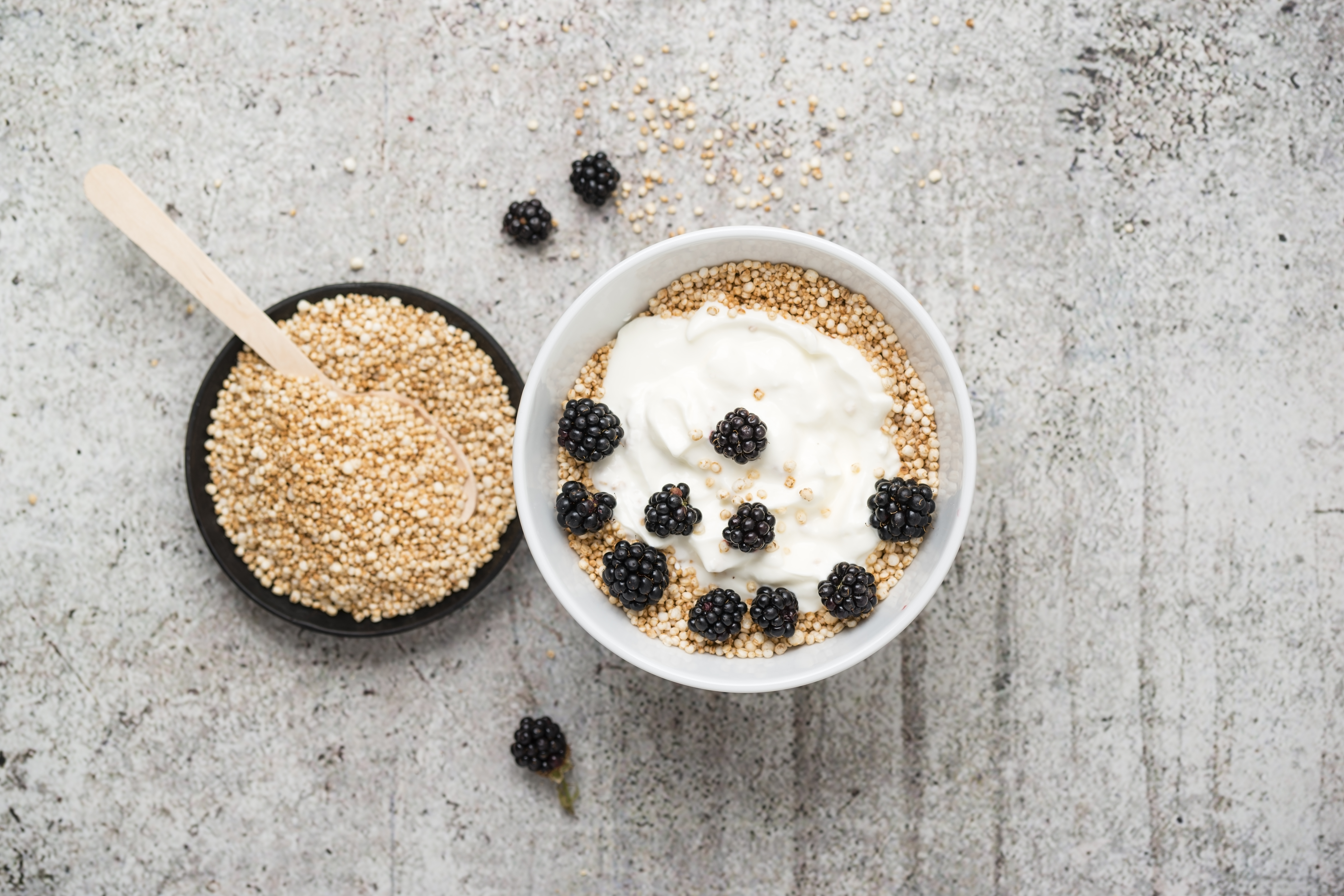
Oats and quinoa are two popular grains that have gained significant attention for their nutritional value and health benefits. While oats have been consumed for centuries and are commonly known for their heart-healthy properties, quinoa has gained popularity in recent years due to its high protein content and gluten-free nature. Both grains offer a range of nutrients and can be incorporated into various meals and recipes. In this article, we will compare and explore the nutritional profiles, taste, texture, cooking methods, and usage of oats and quinoa to help you make informed choices when including these grains in your diet.
Background On Oats And Quinoa
Oats and quinoa are both ancient grains that have been cultivated and consumed for centuries. Oats, specifically the species Avena sativa, have a long history of cultivation and have been a staple in many cultures, particularly in Europe and North America. Quinoa, on the other hand, originated in the Andean region of South America and has been a traditional food source for indigenous peoples for thousands of years.
Both oats and quinoa have gained popularity in recent years due to their nutritional value and versatility in cooking. Oats are known for their high fiber content and is a good source of vitamins and minerals. Quinoa stands out for its high protein content, as it is a complete protein source containing all the essential amino acids.
Overall, oats and quinoa have become popular choices for individuals looking to incorporate healthy grains into their diet.
Nutritional Value Of Oats And Quinoa
Oats and quinoa both have impressive nutritional profiles, making them popular choices for health-conscious individuals. Oats are rich in dietary fiber, providing about 10 grams per 100 grams, which aids in digestion and promotes satiety. They are also a good source of vitamins and minerals, including manganese, phosphorus, and zinc. Quinoa, on the other hand, stands out for its high protein content, containing all the essential amino acids. It also contains significant amounts of fiber, iron, magnesium, and B vitamins. Both grains are low in fat and calories, making them excellent options for a balanced diet.
Oats

Oats are a popular cereal grain known for their nutritional value and versatility. They come in various forms, including rolled oats, steel-cut oats, and instant oats, each with its own unique texture and cooking time. Oats are a great source of dietary fiber, providing about 10 grams per 100 grams, which aids in digestion and promotes satiety. They are also rich in vitamins and minerals such as manganese, phosphorus, and zinc. Oats can be enjoyed in a variety of ways, from traditional oatmeal to granola bars and cookies. Incorporating oats into your diet can contribute to a healthy and balanced lifestyle.
Different Varieties Of Oats
There are different varieties of oats available, each with its own unique qualities. Rolled oats, also known as old-fashioned oats, are the most common and widely used variety. They are steamed and then flattened, resulting in a hearty texture that is perfect for making oatmeal. Steel-cut oats are whole oats that have been chopped into pieces. They have a chewy texture and take longer to cook. Instant oats are processed further and cook quickly, making them convenient for those who are short on time. Other varieties include oat groats, oat flakes, and oat flour, each offering its own versatility in cooking and baking.
Health Benefits Of Oats
Oats offer numerous health benefits due to their nutrient-rich profile. They are high in fiber, which helps in digestion and promotes a feeling of fullness, making them a great option for weight management. Oats are also known for their heart-healthy properties, as they contain beta-glucan, a soluble fiber that helps lower cholesterol levels. Additionally, oats are packed with antioxidants, vitamins, and minerals, such as manganese, phosphorus, and magnesium, which support overall health and well-being. Regular consumption of oats can contribute to improved blood sugar control, enhanced gut health, and reduced risk of chronic diseases like diabetes and heart disease.
Quinoa
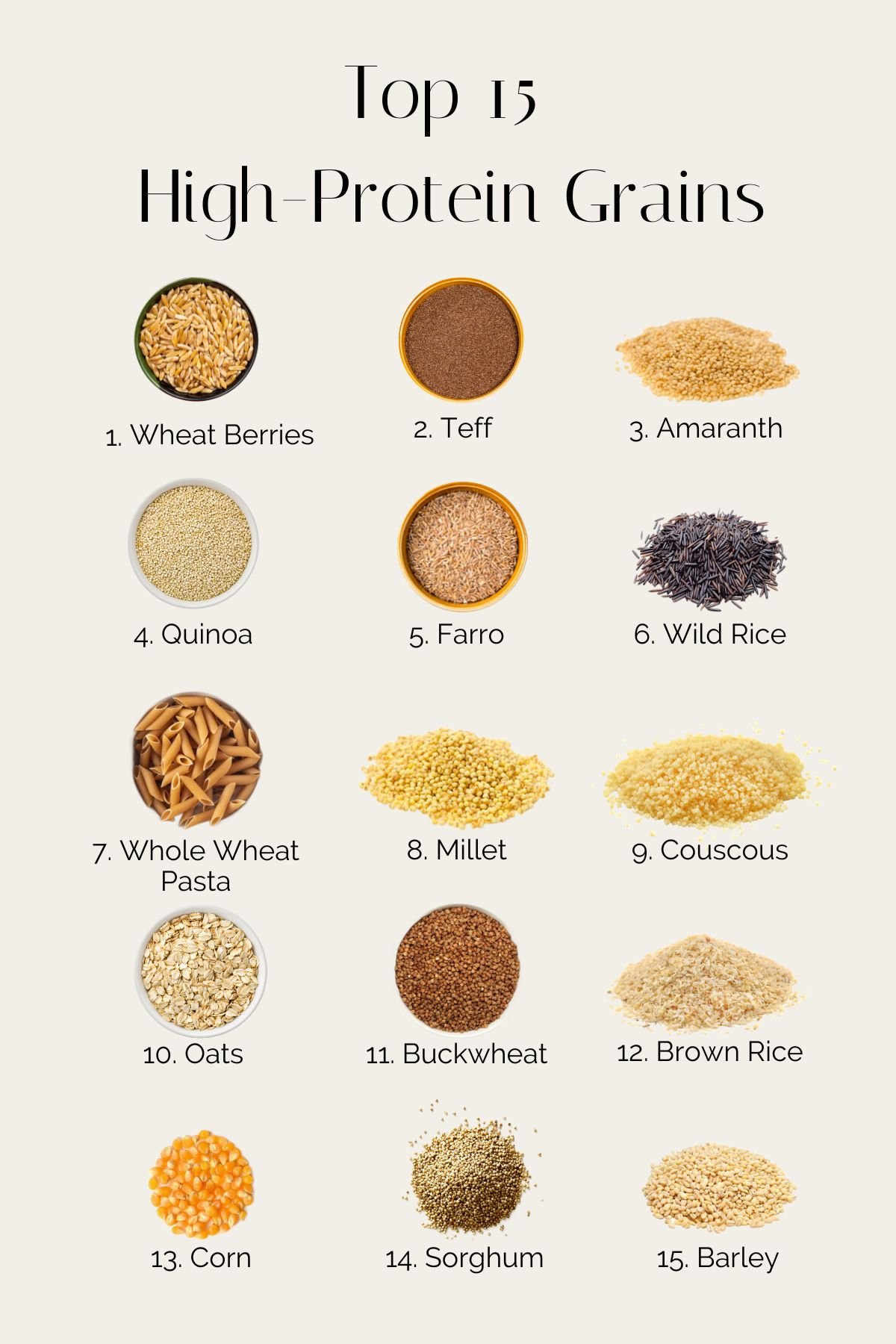
Quinoa is a highly nutritious grain that has gained popularity in recent years. It is available in different types, such as white, red, and black quinoa, each with its own unique flavor and texture. Quinoa is a complete protein, meaning it contains all nine essential amino acids that the body needs. It is also rich in fiber, vitamins, and minerals, including iron, magnesium, and manganese. Quinoa is known for its versatility in cooking, as it can be used in salads, side dishes, or even as a substitute for rice or pasta. Adding quinoa to your diet can provide numerous health benefits, including improved digestion, weight management, and increased energy levels.
Types Of Quinoa Available
Quinoa is available in various types, each offering its own unique flavor and texture. The most common types of quinoa include white quinoa, red quinoa, and black quinoa.
- White quinoa is the most widely available type and has a light, fluffy texture and mild flavor.
- Red quinoa has a slightly nuttier taste and a firmer texture, making it a popular choice for salads and pilafs.
- Black quinoa has a crunchier texture and a rich, earthy flavor, making it a great addition to savory dishes.
These different types of quinoa can add variety and depth to your meals, allowing you to explore different flavors and textures while enjoying the nutritional benefits quinoa has to offer.
Nutritional Profile And Benefits Of Quinoa
Quinoa is known for its impressive nutritional profile and numerous health benefits. It is a complete protein, containing all nine essential amino acids that are necessary for optimal health. Quinoa is also a great source of fiber, vitamins, and minerals, including magnesium, iron, and zinc. It is gluten-free and low in calories, making it a suitable option for individuals with dietary restrictions or those looking to manage their weight. Additionally, quinoa is rich in antioxidants, which can help protect against chronic diseases and promote overall well-being.
Taste And Texture
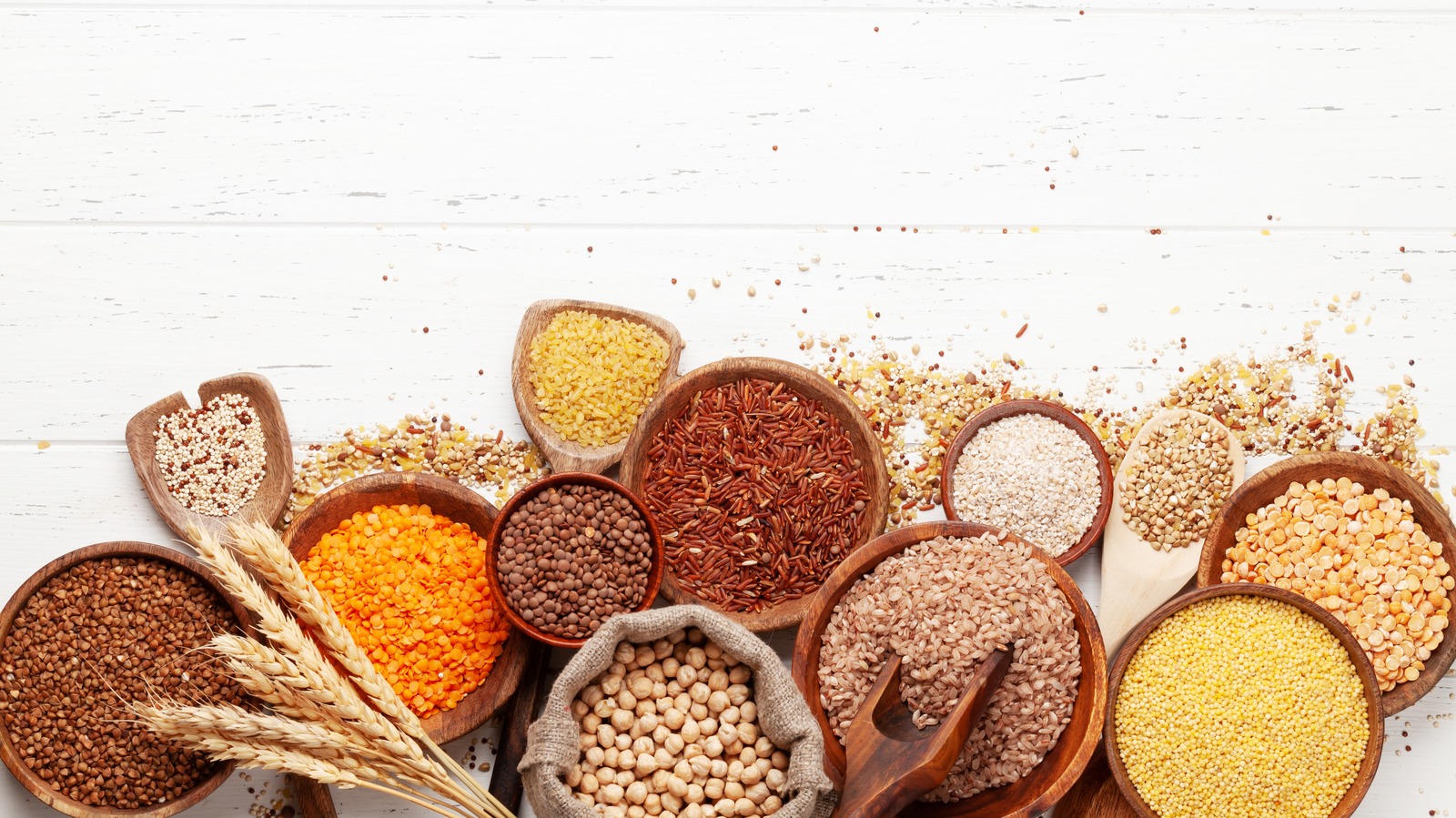
When it comes to taste and texture, oats and quinoa offer different experiences. Oats have a mild, slightly nutty flavor and a creamy texture when cooked. They can be chewy or soft, depending on the cooking method. Quinoa, on the other hand, has a unique earthy and nutty taste with a light and fluffy texture. It has a slight crunch, adding a pleasant texture to dishes. Both grains can be versatile in various recipes, allowing for creative and delicious meals. Ultimately, the choice between oats and quinoa depends on personal preference and desired culinary experience.
Comparison Of Taste And Texture Between Oats And Quinoa
When it comes to taste and texture, oats and quinoa offer different experiences. Oats have a mild, slightly nutty flavor and a creamy texture when cooked. They can be chewy or soft, depending on the cooking method. Quinoa, on the other hand, has a unique earthy and nutty taste with a light and fluffy texture. It has a slight crunch, adding a pleasant texture to dishes. Both grains can be versatile in various recipes, allowing for creative and delicious meals. Ultimately, the choice between oats and quinoa depends on personal preference and desired culinary experience.
Cooking Methods And Versatility Of Oats And Quinoa
Both oats and quinoa offer a range of cooking methods and versatility in culinary creations. Oats can be cooked on the stovetop, in the microwave, or baked into recipes such as muffins or cookies. They can also be used to make oat flour for baking. Quinoa can be cooked on the stovetop in a similar manner to rice and used as a base for salads, stir-fries, or as a side dish. It can also be ground into flour for gluten-free baking. With their adaptability and numerous cooking options, oats and quinoa provide endless possibilities in the kitchen.
Usage And Recipes
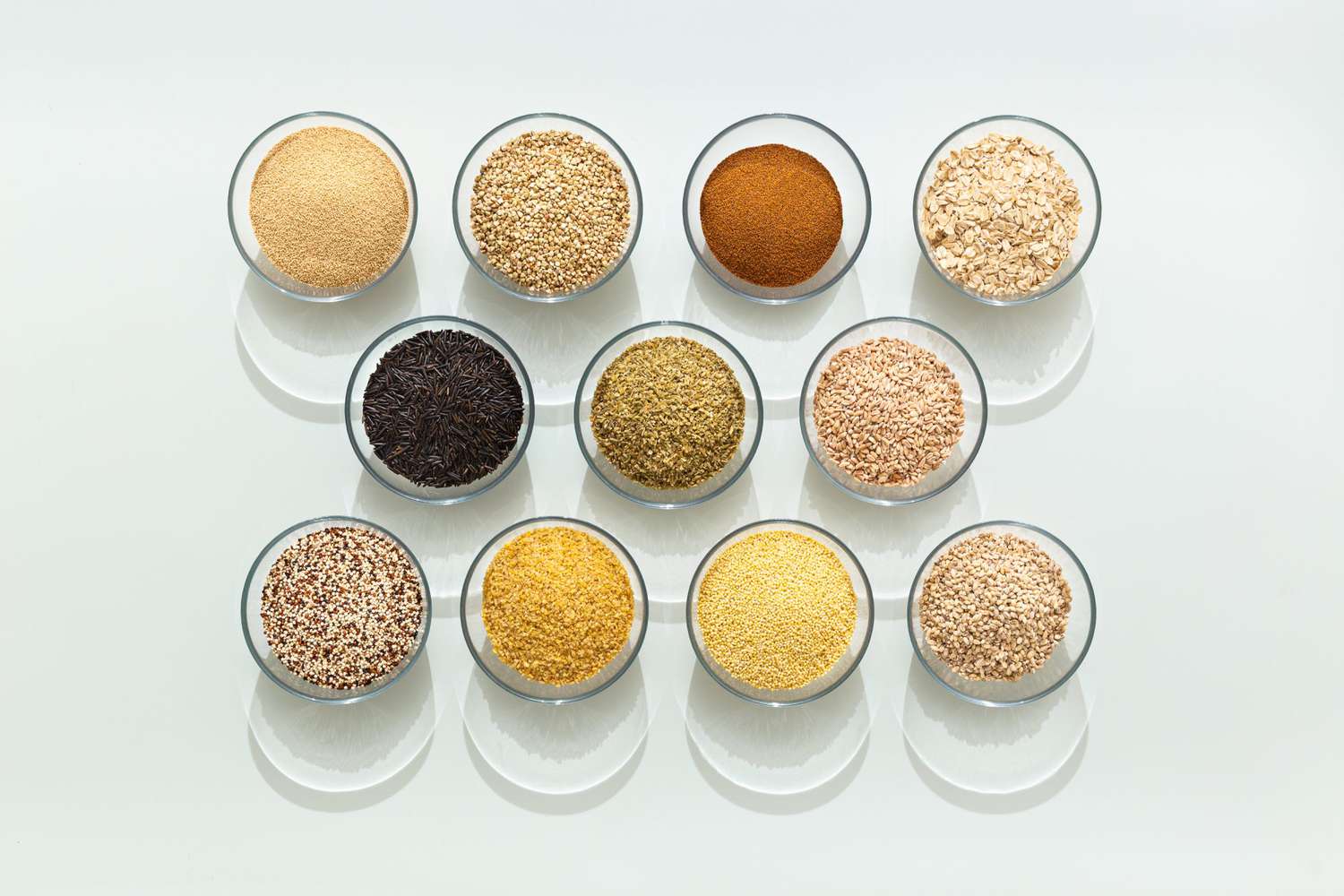
Oats and quinoa offer a wide range of usage options and can be incorporated into various recipes. Oats can be enjoyed as a hot breakfast cereal, in granola, or as an ingredient in baked goods like cookies, muffins, and bread. They can also be added to smoothies for extra nutrition and a creamy texture. Quinoa, on the other hand, can be used as a base for salads, mixed into soups and stir-fries, or even used as a substitute for rice in dishes like pilaf. It can also be ground into flour and used in gluten-free baking. The versatility of both oats and quinoa makes them a staple ingredient in many kitchens.
Different Ways To Incorporate Oats In Meals And Snacks
Oats can be a versatile ingredient that can be incorporated into a variety of meals and snacks. Here are some ideas to help you get started:
- Breakfast: Start your day with a bowl of oatmeal topped with fresh fruits, nuts, and a drizzle of honey or maple syrup.
- Baking: Use oats in your baking recipes like cookies, muffins, and pancakes. They add texture and make them more filling.
- Granola: Make your own homemade granola with oats, nuts, seeds, and dried fruits. Enjoy it as a snack or sprinkle it over yogurt or smoothie bowls.
- Energy bars: Mix oats with nut butter, honey, and other desired ingredients to make homemade energy bars. They are perfect for a quick and healthy snack on the go.
- Smoothies: Add oats to your smoothies for added fiber and thickness. It helps to keep you full for longer.
Remember to experiment with different flavors and combinations to find what suits your taste buds. Enjoy the health benefits of oats in various forms throughout the day.
Creative Recipes Using Quinoa As A Main Ingredient
Quinoa is a versatile grain that can be used in a variety of creative recipes. Here are some ideas to help you incorporate quinoa as a main ingredient in your meals:
- Quinoa Salad: Toss cooked quinoa with your favorite vegetables, herbs, and dressing to create a refreshing and nutritious salad.
- Quinoa Stuffed Bell Peppers: Fill halved bell peppers with a mixture of cooked quinoa, vegetables, and cheese. Bake until the peppers are tender and the cheese is melted.
- Quinoa Stir-Fry: Use cooked quinoa as a base for a delicious stir-fry with your choice of vegetables, protein, and sauce.
- Quinoa Burgers: Combine cooked quinoa with mashed beans, breadcrumbs, and spices to form patties. Cook them on a stovetop or grill for a satisfying vegetarian burger option.
- Quinoa Breakfast Bowl: Start your day with a nutritious breakfast by topping cooked quinoa with fresh fruits, nuts, and a drizzle of honey or maple syrup.
These recipes not only add variety to your meals but also provide the nutritional benefits of quinoa. Enjoy experimenting with different flavors and ingredients to create your own unique quinoa dishes.
Conclusion
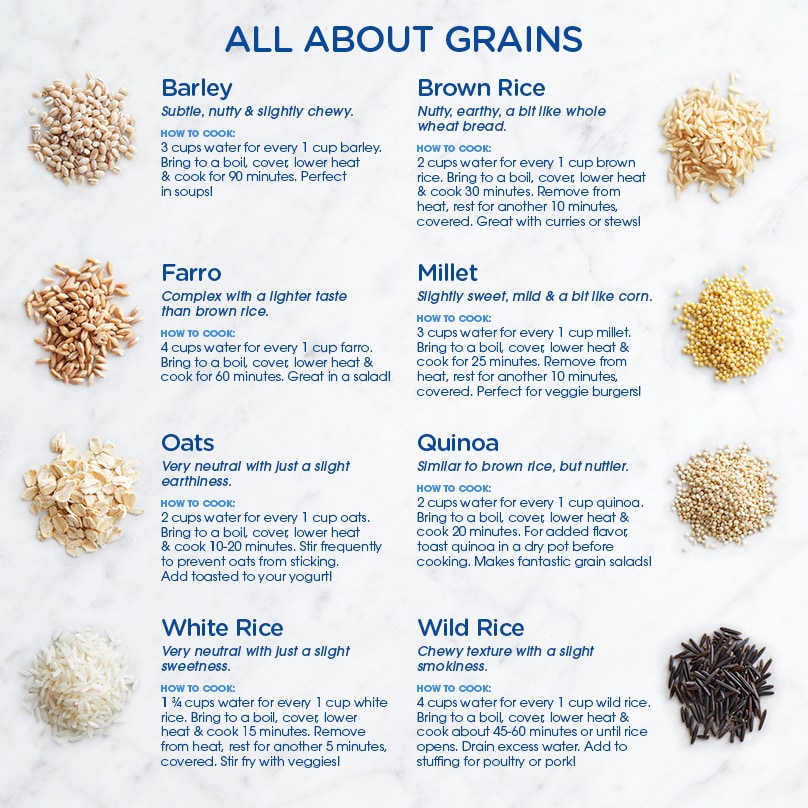
In conclusion, oats and quinoa are both popular grains that offer numerous health benefits. Oats are rich in fiber and known for their heart-healthy properties, while quinoa is a complete protein source and contains essential amino acids. Both grains are versatile and can be incorporated into various recipes. When it comes to taste and texture, oats have a softer and creamier consistency, while quinoa has a slightly nutty flavor and a slightly chewy texture. Ultimately, the choice between oats and quinoa depends on personal preferences and dietary needs. Whether you choose oats or quinoa, incorporating these nutritious grains into your diet can contribute to a healthy and balanced lifestyle.
Summary Of The Key Differences And Similarities Between Oats And Quinoa
Oats and quinoa are both popular and nutritious grains, but they differ in several ways. Oats are high in fiber and known for their heart-healthy properties, while quinoa is a complete protein source and rich in essential amino acids. Oats have a softer and creamier texture, while quinoa has a slightly nutty flavor and chewy texture. Both grains are versatile and can be used in various recipes. When choosing between oats and quinoa, consider personal preferences and dietary needs. Both grains provide numerous health benefits and can be incorporated into a balanced diet.
Considerations For Choosing Between Oats And Quinoa.
When deciding between oats and quinoa, several factors should be taken into consideration.
- Taste and texture preference: Oats have a soft and creamy texture, while quinoa has a slightly nutty flavor and chewy texture. Choose the grain that suits your palate and the dishes you plan to make.
- Nutritional needs: Quinoa is a complete protein source, making it a great option for those seeking to increase their protein intake. Oats, on the other hand, are high in fiber and beneficial for heart health. Consider your dietary requirements when making a choice.
- Versatility: Both oats and quinoa can be used in a variety of recipes, including breakfast options, salads, soups, and baking. Consider the versatility of the grain and how well it integrates into your cooking routine.
- Allergies and dietary restrictions: Some individuals may have allergies or intolerances to certain grains. If you have any dietary restrictions or allergies, ensure that the chosen grain is suitable for your needs.
- Cost and availability: Oats are generally more affordable and widely available compared to quinoa. Consider your budget and accessibility when making a decision.
In conclusion, the choice between oats and quinoa depends on personal preferences, nutritional needs, versatility, allergies, and budget. Both grains provide numerous health benefits and can be incorporated into a balanced diet.
FAQ: Oats vs Quinoa
Q: What are oats and quinoa?
A: Oats and quinoa are both popular grains that are widely consumed for their nutritional benefits. Oats come from the Avena sativa plant, while quinoa is derived from the Chenopodium quinoa plant.
Q: What are the nutritional benefits of oats and quinoa?
A: Both oats and quinoa are highly nutritious. Oats are a good source of dietary fiber, vitamins, minerals, and antioxidants. They are particularly rich in beta-glucan, a type of soluble fiber known for its heart-healthy properties. Quinoa, on the other hand, is considered a complete protein as it contains all nine essential amino acids. It is also a good source of dietary fiber, iron, magnesium, and phosphorus.
Q: Which grain is better for weight management?
A: Oats are often hailed as an excellent choice for weight management due to their high fiber content, which can help you feel fuller for longer and control your appetite. Quinoa is also a good option for weight management, as it is rich in protein and high in fiber, which can aid in satiety and reduce overeating.
Q: Can oats and quinoa benefit heart health?
A: Yes, both oats and quinoa can contribute to heart health. Oats contain beta-glucan, a type of soluble fiber that helps reduce cholesterol levels, thus lowering the risk of heart disease. Quinoa, being a good source of magnesium, can help regulate blood pressure and improve overall cardiovascular function.
Q: Are oats and quinoa suitable for people with gluten intolerance?
A: Pure oats are naturally gluten-free. However, cross-contamination during processing is common, so it is important to choose certified gluten-free oats to ensure they are safe for individuals with gluten intolerance. Quinoa, on the other hand, is naturally gluten-free and can be safely consumed by those with gluten intolerance.
Q: How do oats and quinoa compare in terms of cooking and versatility?
A: Oats are most commonly consumed as oatmeal or incorporated into baked goods. They can be cooked quickly or soaked overnight for convenience. Quinoa is known for its versatility and can be used in a variety of dishes, such as salads, stir-fries, pilafs, or as a substitute for rice. Quinoa requires rinsing to remove its natural coating, which can have a bitter taste.
Q: What is the difference in taste between oats and quinoa?
A: Oats have a mild, slightly nutty flavor, especially when cooked. Quinoa has a distinct earthy and slightly nutty taste. Its texture is lighter and fluffier compared to oats.
Q: Can oats and quinoa be part of a gluten-free diet?
A: Yes, both oats and quinoa can be included in a gluten-free diet. As mentioned earlier, ensure that oats are specifically labeled as gluten-free to avoid cross-contamination. Quinoa, on the other hand, is naturally gluten-free and safe for those following a gluten-free lifestyle.
Q: Can oats and quinoa be included in a balanced diet?
A: Absolutely! Both oats and quinoa can be an excellent addition to a balanced diet. They provide various essential nutrients and can be incorporated into a variety of dishes to enhance the nutritional value of your meals. However, it’s always essential to consider portion sizes and balance them with other food groups to ensure a well-rounded diet.
Q: Are oats and quinoa suitable for everyone?
A: Oats and quinoa are generally safe for consumption by most people, including those with specific dietary requirements. However, individuals with certain medical conditions or dietary restrictions should consult their healthcare provider or nutritionist before adding them to their diet to ensure it aligns with their unique needs and nutritional goals.

From At-Home Dinner Parties to Family Reunions to Office Parties, we can cater your next Event!